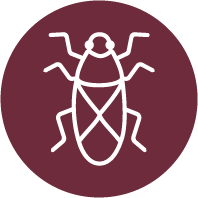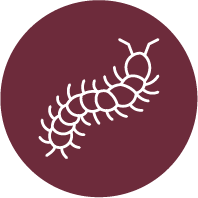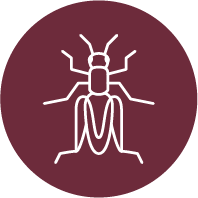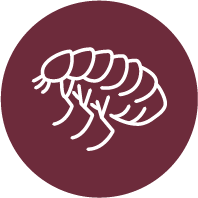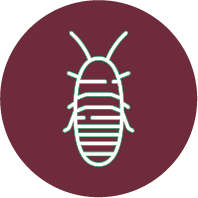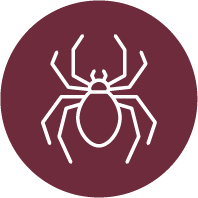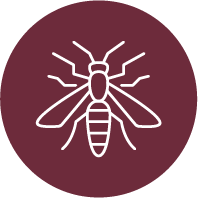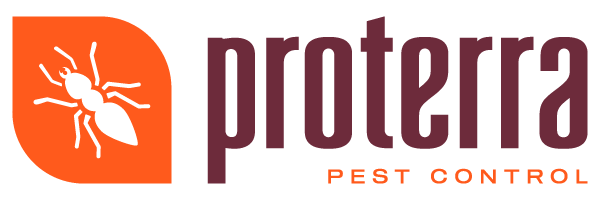Understanding Crawl Space Pest Control
Crawl spaces, often overlooked areas of a home, are prone to pest infestations due to their dark, damp, and undisturbed nature. These conditions create an ideal habitat for various pests, leading to significant problems if not addressed. Ignoring pest issues in crawl spaces can result in structural damage to the property and pose health risks to residents. Regular inspections and maintenance are crucial to prevent infestations and protect the integrity of the home.
Common Pests in Crawl Spaces
Crawl spaces can harbor a variety of pests, including rodents, termites, spiders, and cockroaches. Rodents are attracted to these areas because they provide shelter and easy access to food sources. Termites thrive in the moist environment, potentially causing severe damage to wooden structures. Spiders and cockroaches find crawl spaces appealing due to the abundance of prey and hiding spots. Seasonal variations also play a role, with certain pests becoming more prevalent at different times of the year.
Identifying Signs of Infestation
Homeowners should be vigilant in identifying signs of a crawl space infestation. Key indicators include droppings, nests, and chewed materials. Unusual smells or sounds may also suggest pest activity. Early detection is essential to prevent widespread damage and avoid costly repairs. A comprehensive checklist can help homeowners identify these warning signs and take prompt action.
Challenges of Crawl Space Pest Control
Pest control in crawl spaces presents unique challenges. Limited accessibility and harsh environmental conditions make it difficult to address infestations effectively. Moisture and ventilation issues can exacerbate pest problems, creating an environment conducive to their growth. Specialized equipment and techniques are often necessary to manage infestations in these confined spaces.
Eco-Friendly Pest Control Solutions
Eco-friendly pest control solutions offer several benefits, particularly in crawl spaces. These methods prioritize safety for humans and pets while effectively managing pest populations. Organic and natural pest control products, such as diatomaceous earth and essential oil sprays, can be effective in these environments.
Maintaining a Pest-Free Crawl Space
Homeowners can take several steps to maintain a pest-free crawl space. Sealing entry points and reducing moisture levels are essential measures. Regular cleaning and decluttering can deter pests by eliminating potential nesting sites. Scheduling professional inspections and treatments ensures comprehensive pest management and helps identify potential issues before they escalate.
Specific Challenges in the Tri-Cities Area
Residents of Kennewick, Pasco, and Richland, WA, face specific pest challenges due to the local climate and geography. The Tri-Cities area experiences varying weather conditions, which can influence pest behavior and population dynamics. Local regulations and guidelines may also impact pest control strategies. Choosing pest control services familiar with the unique needs of the Tri-Cities community is crucial for effective management.
Advantages of Professional Pest Control Services
Professional pest control services offer several advantages for addressing crawl space infestations. Experts have the knowledge and access to specialized tools necessary for tackling these challenges. They can provide tailored solutions based on the specific pest issues and conditions of a home.
Understanding and addressing crawl space pest control is vital for maintaining a healthy and safe home environment. Regular inspections, eco-friendly solutions, and professional services can help homeowners in the Tri-Cities area effectively manage pest issues and protect their properties.
